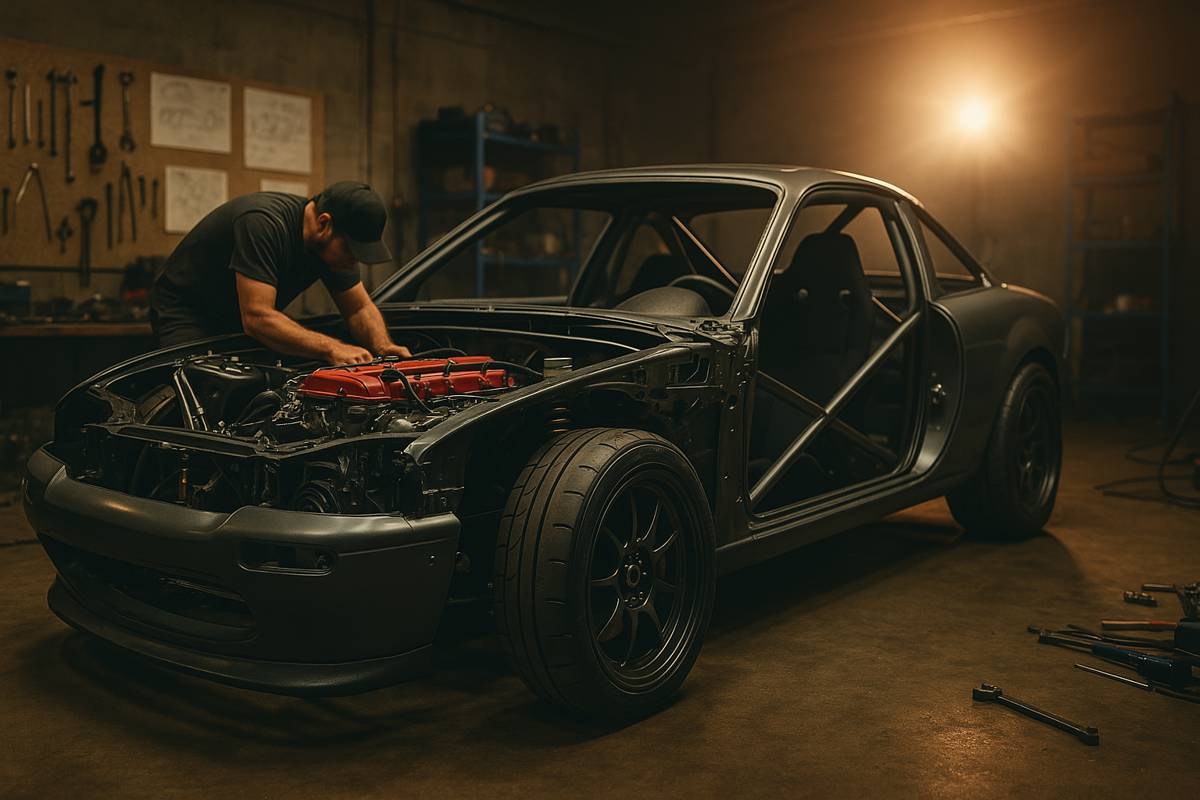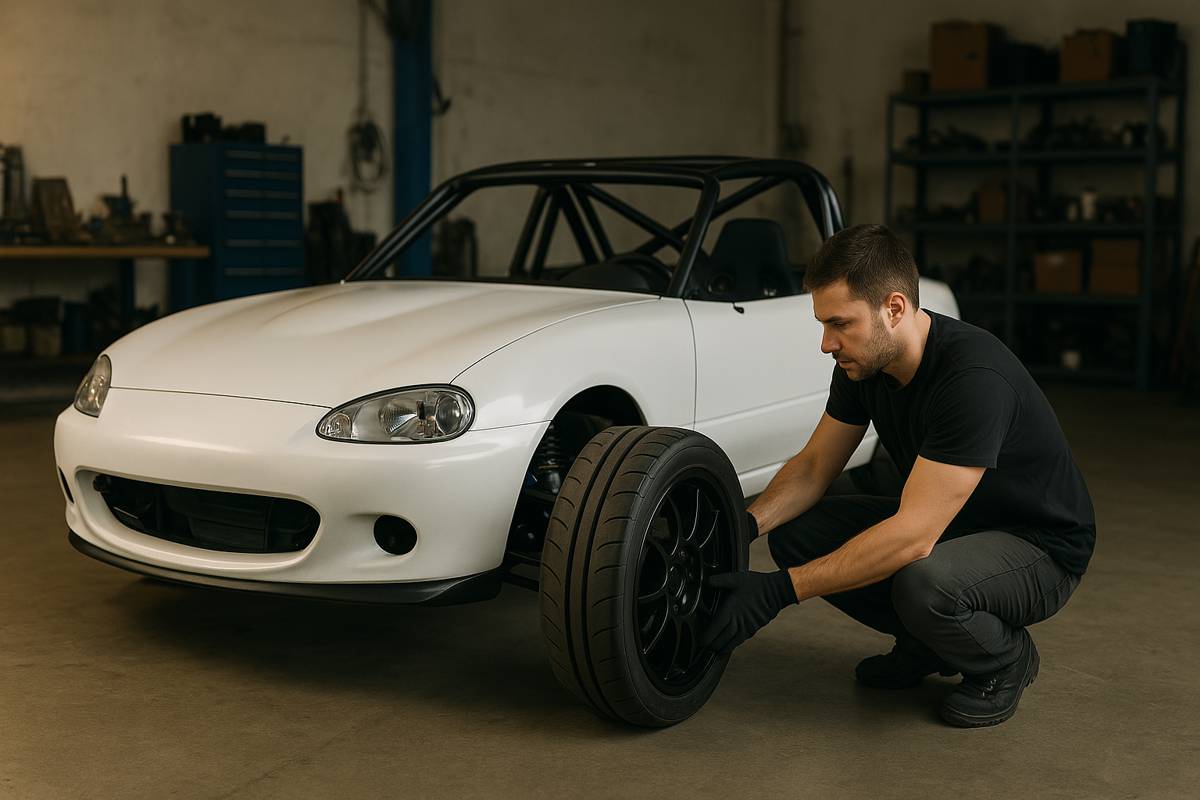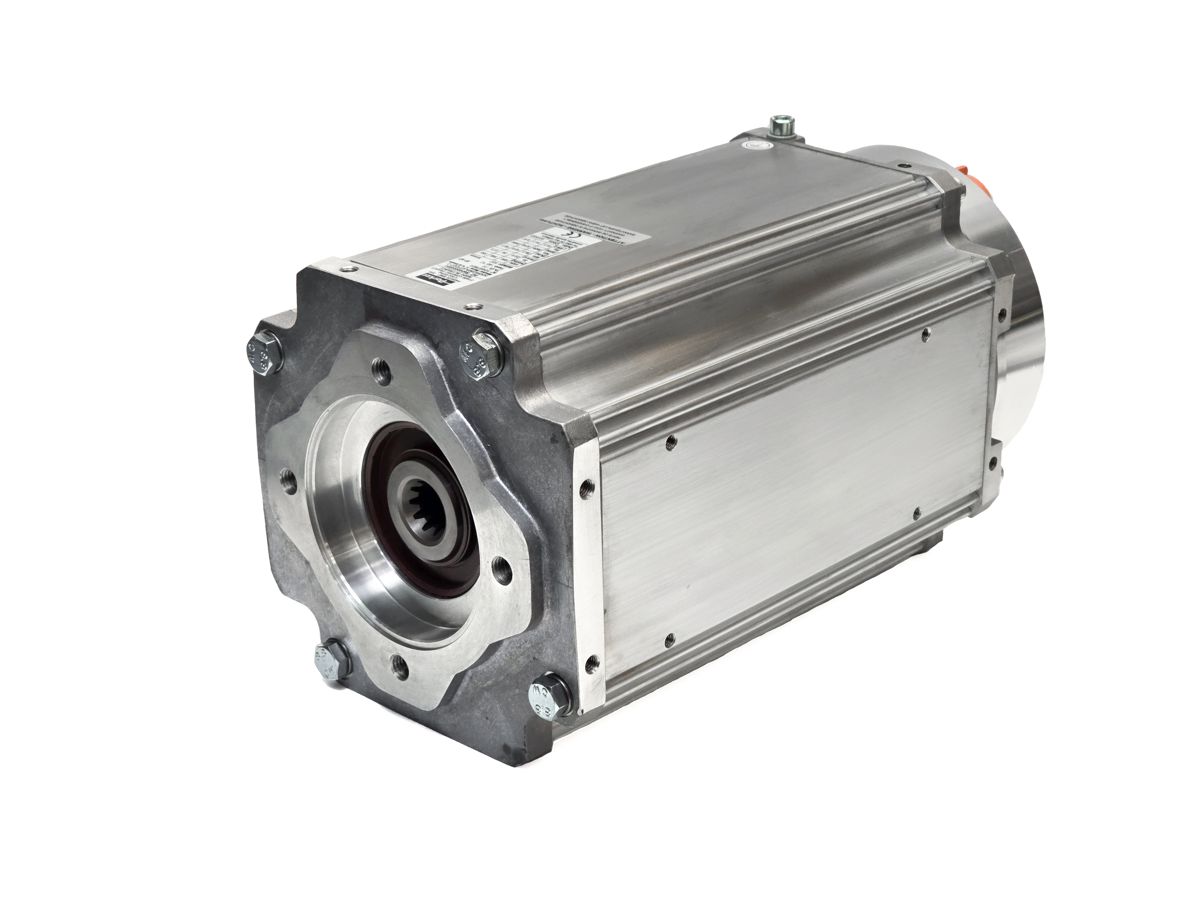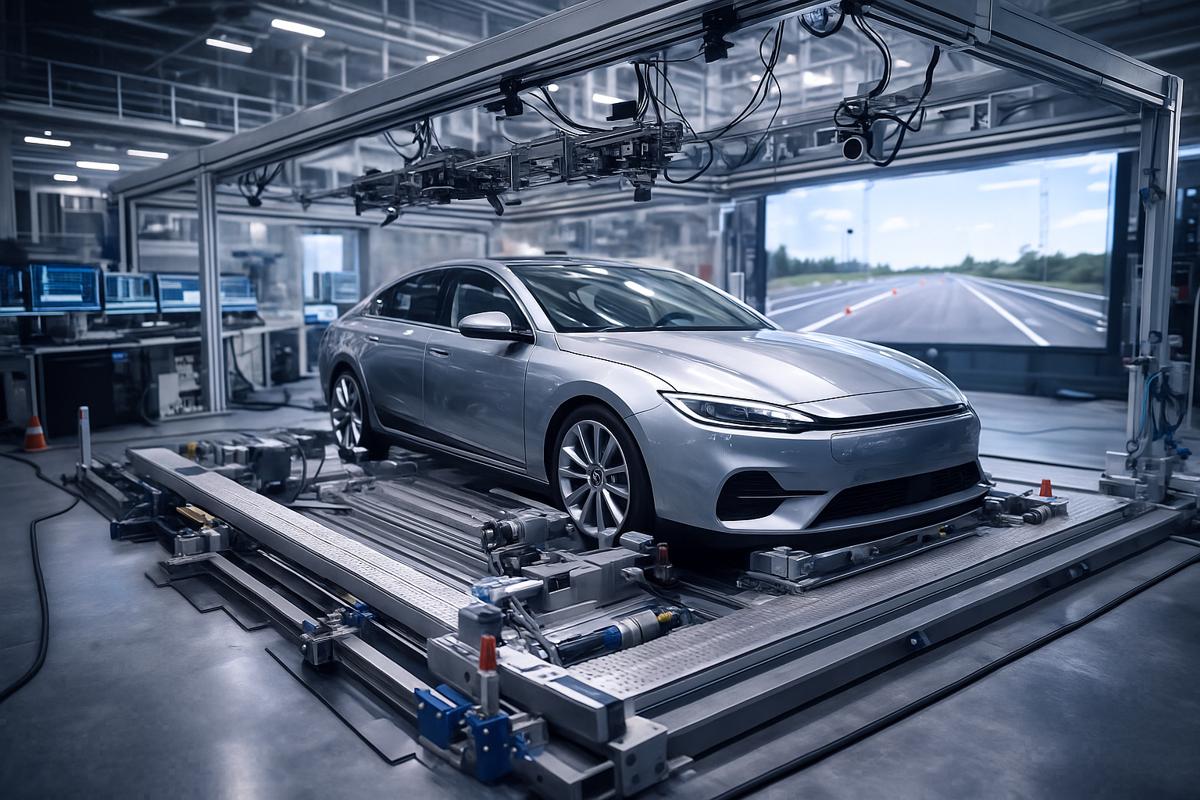The Complete Guide to Building a Racing Car from Scratch
Building a racing car from scratch is an exciting challenge that allows you to craft a machine tailored for the track. Whether you’re a seasoned racer or a first-time builder, creating your car opens the door to customization, performance upgrades, and hands-on learning.
In this guide, we’ll walk you through everything you need to know about building a racing car, from selecting the best base car to making essential modifications. If you’ve ever wondered how to build your own racing car, this article is your starting point.

What Is Involved in Building a Racing Car?
Building a racing car from scratch requires careful planning, a solid understanding of mechanics, and a budget that fits your goals. A racing car is designed to prioritize speed, agility, and safety, making it a different proposition than a regular street car. Your build will involve choosing the right vehicle, upgrading various components, and ensuring the car meets safety regulations for track use. Here’s what you need to get started.
Budgeting for the Build
Before you start building a racing car, it’s important to establish a clear budget. The amount of money you can spend will determine the components you choose and the extent of modifications. Racing car builds vary widely in cost depending on the car base, parts, and desired performance.
- Base Car Selection: The first decision you’ll make is choosing a car to build on. Some of the best car brands for racing include Mazda, Honda, and BMW. These cars are popular because they’re relatively affordable and have strong aftermarket support.
- Upgrades and Components: As you build your vehicle, you must budget for performance upgrades such as suspension, brakes, engine components, and safety features.
- Maintenance Costs: Racing cars require frequent maintenance, and you should set aside funds for repairs, consumables like tires and brake pads, and any unexpected costs that arise during track days.
Choosing the Right Car to Build
When building a racing car, the base vehicle is crucial to the project’s success. It’s important to pick a car that fits your racing goals, whether you’re aiming for maximum speed or handling performance.
- Front-Wheel Drive (FWD): Cars like the Honda Civic or Ford Fiesta are ideal for better handling and lower-cost builds.
- Rear-Wheel Drive (RWD): Vehicles like the Mazda MX-5 and BMW E36 offer superior driving dynamics, particularly in handling and cornering.
- All-Wheel Drive (AWD): For those aiming to race in all weather conditions, an AWD car like the Subaru WRX STI provides excellent grip and stability.
Key Performance Modifications
Building a racing car is all about performance. You’ll need to upgrade several key components to enhance your car’s speed, handling, and safety.
♦ Suspension and Handling Upgrades
- Springs and Dampers: These will help stiffen the suspension, reduce body roll, and improve cornering. Coilovers, in particular, offer adjustable ride height and damping settings.
- Bushings and Sway Bars: Replacing factory rubber bushings with polyurethane or solid bushings improves suspension rigidity, leading to more responsive handling. Upgraded sway bars also reduce body roll.
♦ Brakes and Cooling
- High-Performance Brakes: High-quality brake pads, discs, and braided lines are essential for track use. Upgraded systems can handle the increased stress of high-speed braking without fading.
- Cooling Systems: Racing generates a lot of heat, so an upgraded cooling system, including a larger radiator and oil cooler, will help prevent engine overheating.
♦ Wheels and Tires
- Wider Wheels: Wider wheels allow for larger tires, which increases grip. Race tires, especially semi-slick options, are designed to provide maximum performance on the track.
- Tire Selection: Select tires based on your racing conditions. Semi-slick tires perform best for dry conditions, while all-season tires can be used for general purposes.
Engine and Powertrain Upgrades
The engine needs to be tuned for power and efficiency to make your racing car fast. Depending on your base car and goals, you may enhance your car’s engine performance in several ways.
- ECU Tuning and Chip Tuning: Remapping the ECU allows you to adjust the engine’s performance parameters for maximum output. It’s one of the most common ways to improve horsepower and torque.
- Forced Induction: Installing a turbocharger or supercharger boosts engine power by forcing more air into the combustion chamber.
- Engine Internals: For those looking for major power gains, upgrading components like pistons, camshafts, and the fuel system will improve overall engine efficiency and reliability.
Safety Modifications
Safety is a top priority when building a racing car. A track car must have safety gear that protects the driver during a crash.
- Roll Cage: A roll cage adds rigidity to the chassis and protects it in case of a rollover or collision.
- Racing Seats and Harnesses: Installing racing seats with proper harnesses ensures the driver is securely strapped during high-speed cornering.
- Fire Extinguisher and Protective Gear: A fire extinguisher system, helmet, and fireproof suit are essential for safety.

The Best Cars to Build for Racing
While any car can be modified for the track, some are better suited for racing than others. Here are some of the most popular vehicles for racing based on their performance potential and aftermarket support:
- Mazda MX-5 (Miata): Lightweight, affordable, and with excellent handling, the MX-5 is a favourite for track enthusiasts.
- Honda Civic: A reliable and easy-to-modify car, the Civic offers excellent value for building a racing car.
- BMW E36/E46: These BMWs are well-known for their excellent handling and potent engine options, making them a great choice for racing.
- Ford Fiesta ST: A compact, agile car with good tuning potential, ideal for improving handling and agility.
- Subaru WRX STI: With its AWD system, the WRX STI is perfect for those who want a car that performs well in all conditions.

Common Mistakes to Avoid When Building a Racing Car
When creating a racing car, getting excited and rushing into things is easy. Here are some common mistakes to avoid:
- Overemphasizing Power: Power is important, but handling and braking are equally critical for a fast-track car. Don’t focus only on engine upgrades.
- Ignoring Weight Reduction: A lighter car is more agile and responsive on the track. Remove unnecessary parts and replace heavy components with lighter alternatives.
- Underestimating Safety: Don’t skimp on safety equipment. A racing car is only as good as the protection it provides for the driver.

To Sum Up
Building a racing car from scratch is a thrilling and rewarding project that allows you to create a machine designed to suit your racing goals. By selecting the right base car, upgrading key components, and focusing on safety, you can craft a car that offers impressive performance on the track. Whether you want to build your own racing car from the ground up or make a few modifications, this guide has provided the essential steps and considerations to help you achieve your goals.
If you’re ready to start building a racing car, be sure to plan your budget carefully, choose the right vehicle, and prioritize performance upgrades that align with your racing objectives. With the proper preparation, you’ll be ready to hit the track and experience the thrill of racing in a car you’ve built yourself.




















